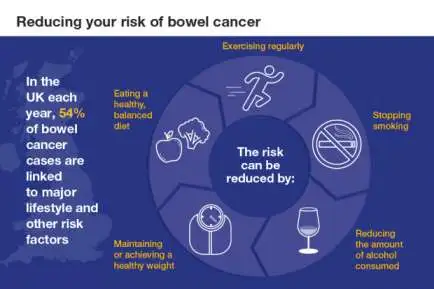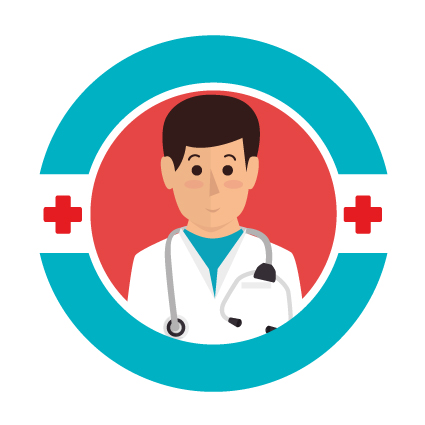
By Dr. Albert Chun, MD MBA, Managing Physician at Modern Vascular
Not long ago, a man, only 49 years old, was referred to us; he had already lost toes to amputation and just a week earlier, he was told he was also facing the amputation of his lower leg. He kept his leg, and today he is walking around, driving his car, and living his life in a way that the would have affected greatly.
This man was suffering from Peripheral Artery Disease (PAD), a circulatory ailment that affects as many as 12 million Americans; type 2 diabetes is one of the leading risk factors for PAD. This man’s story is not an isolated one; we see many just like this every month. What saved his leg was a minimally invasive outpatient procedure that is becoming a standard treatment option for PAD sufferers and their physicians to consider.
What Is PAD?
September is PAD Awareness Month, and while we have had much success saving limbs and restoring hope to hundreds of PAD sufferers, we still have work to do to raise awareness of this solution. What is PAD, specifically? It is the narrowing of peripheral arteries due to atherosclerosis (plaque buildup on arterial walls), decreasing blood flow to legs, feet, and toes. Left untreated, PAD complications include critical limb ischemia, gangrene, and amputation.
Aside from type 2 diabetes, risk factors that greatly increase the likelihood of developing PAD include increasing age, obesity, high blood pressure, high cholesterol, and smoking. In addition, PAD is more prevalent in African American and Native American populations.
Treatment: An Alternative to Amputation
While many PAD cases have traditionally resulted in amputation below the knee, new therapies are preventing that, giving patients a pathway that keeps them whole. Interventional Radiology is a minimally invasive, image-guided endoscopic procedure to treat vascular disease, down to the toe. These treatments pose minimal risk to the patient, reduce recovery time and lower costs versus Open Vascular Surgery. Who performs these procedures? Interventional Radiologists are medical doctors with 6 or 7 years of additional training following medical school. We are certified in both Diagnostic Radiology and Endovascular Procedures.
Endovascular Procedures differ from Open Vascular Surgeries in the following ways:
- They are conducted in dedicated out-patient clinics rather than in a hospital setting
- The procedures are minimally invasive procedures, vs open surgery performed by Vascular Surgeons
- They tend to be shorter and have reduced recovery time, usually discharging the patient on the same day
- They use moderate sedation or local anesthesia of patients while Open Vascular Surgeries often require general anesthesia
Both Interventional Radiologists and Vascular Surgeons have long-term patient relationships and will continue to see patients for follow-up care after treatment. Modern Vascular patients may follow up with their Interventional Radiology physician for follow up care 2-4 times per year.

A glance inside one of the procedure rooms | Photo credit: Dr. Albert Chun, M.D., M.B.A.
What You Should Do
For anyone at risk, particularly those with type 2 diabetes, there are a number of things you can do:
- The ADA recommends that if you have diabetes and you are over 50, you should proactively get a screening test, such as a pulse check or ultrasound, to monitor for problems early.
- Have periodic foot care at least once a year, to ensure you are not developing ulcers; often, people with diabetes will suffer from ulcers or other lower leg injuries without feeling them, and will not catch them until it’s too late- sometimes weeks later.
- If PAD symptoms worsen to the point that amputation is recommended, ask your doctor about Interventional Radiology as an option.
There is a role for active surveillance for people in all risk categories, but people with type 2 diabetes, in particular, should be vigilant for symptoms. The good news is that if PAD symptoms do arise, there are real alternatives to amputation. For many, like the 49-year-old man I described above, PAD is not the end of life as they knew it – not anymore.
About the Author

Dr. Albert Chun, MD MBA, is a Vascular Interventional Radiologist and the Managing Physician at Modern Vascular in Fairfax. Dr. Chun is a board certified Vascular and Interventional Radiology specialist. He has been in practice for 15 years and previously served as Instructor of Radiology at Harvard University and Assistant Professor of Radiology and Surgery at George Washington University.
Post Views: 4
Related Post
 08
08 Jul
What Is Self-Management of Chronic Disease?
Diabetes, joint inflammation, hypertension, lung illness, corpulence and other persistent sicknesses can make life challenging to oversee for a great many more seasoned grown-ups, frequently compelling them to surrender their freedom. The Challenges of Chronic Disease More established grown-ups are lopsidedly impacted.
Read More 01
01 Jul
7 Lifestyle Tips to Reduce Your Cancer Risk
How in all actuality do individuals bring down the possibilities getting malignant growth? There's a lot of exhortation. Yet, on occasion, guidance from one review conflicts with the exhortation from another. Disease avoidance data keeps on creating. In any case,.
Read More 27
27 Jun
Effective Allergy Treatments for Kids: A Comprehensive Guide
Is your youngster experiencing a runny nose, sniffling, and bothersome eyes? Assist them with feeling improved with these regular sensitivity cures you can attempt at home. Does your kid have a runny nose, sniffling, and irritated eyes? They may be managing.
Read More 20
20 Jun
Journal Prompts for Mental Health: 7 Ideas to Explore
Journaling has a heap of psychological well-being benefits, however you don't necessarily have any idea what to expound on to get the worth out of a journaling meeting. That is where journaling prompts for treatment come in. More profound diary prompts.
Read More